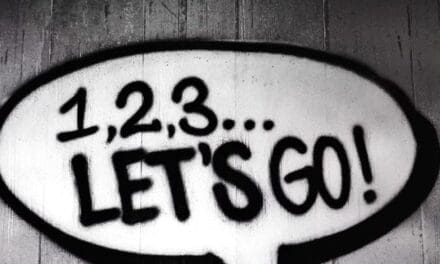Critical Thinking vs. Creative Thinking
I’ve been sharing a lot of information about critical thinking and how we can use it as a problem-solving skill. The other strategy available to us and one I’m sure you’ve heard about is creative thinking. We’re told to think outside the box and get creative. That’s a polar opposite to the very logical approach of critical thinking. I thought it would be interesting to take a look at these two thinking styles, how they differ. Then I’ll wrap things up by sharing how you can supercharge your problem-solving skills by combining the two.
Critical thinking, as we’ve already established, is a very logical approach to problem-solving. You determine what the problem is, gather as much data as needed, analyze it, and then come up with the best possible logical solution. You then apply the solution and determine if it’s a good fit or not. If it’s not a good fit, you go back to collecting and analyzing more data. You continue the process until you find the best possible solution, considering alternatives and weighing up options as you go.
Creative thinking as the name implies is a much more creative and less logical way of approaching a problem. You think outside the box, looking for unexpected alternatives and different approaches to examining. Nothing is too far out or crazy to try, and you should consider anything and everything. You skip right over the obvious solutions, data, and information. There is no logical approach to problem-solving. Instead, it’s free-form experimentation and seeing where that leads you.
You can see that the two processes are very different. While problem-solving may seem like a situation where you would want to choose one way of thinking over the other, it serves you well to use both of them. How you combine them is up to you. It’s important however to remember that our brains have a hard time switching from logical thinking to creative thinking back and forth, so it’s best to start with one, take a break and then move to the other.
For example, you could start with creative thinking to come up with all sorts of different possible solutions and approaches and then use critical thinking to start to sort through the ideas and find the most likely candidates. Or you could start with critical thinking and then move to creative thinking when you’re stuck, or in need of more ideas and more data points to consider. Try it either way and see which method works best for you.





